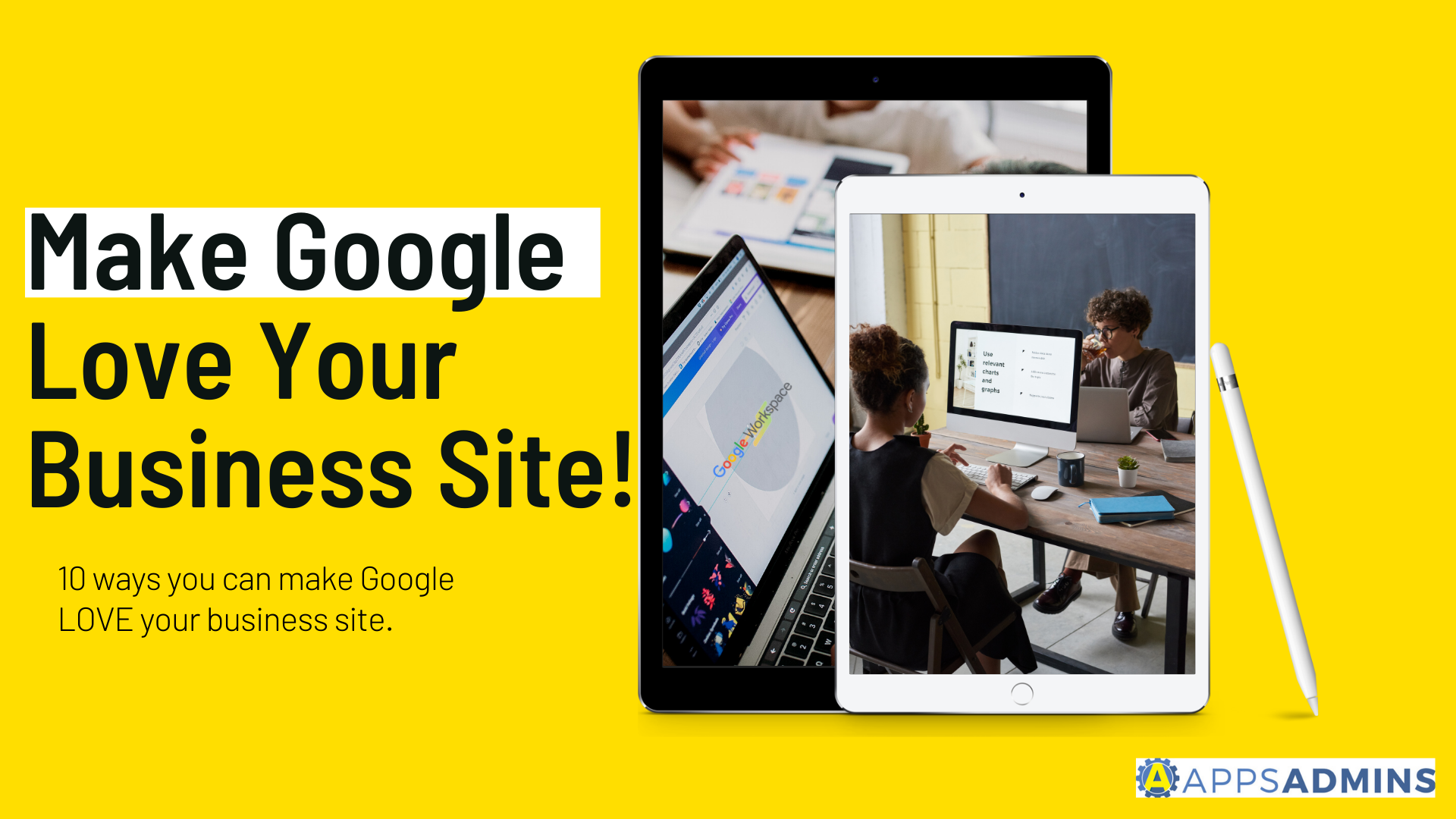G Suite Business Free for 30 Days
Sign up for a Free 30 Day Trial of G Suite Business and get Free Admin support from Google Certified Deployment Specialists.

 One of Google Apps for Work's advantages is the simplicity it brings to collaboration. Companies who have made the switch have reported that they have made economic or productivity gains in a study by Forrester Consulting. The study concluded that these companies had a ROI of 213% after they migrated to Google Apps.
One of Google Apps for Work's advantages is the simplicity it brings to collaboration. Companies who have made the switch have reported that they have made economic or productivity gains in a study by Forrester Consulting. The study concluded that these companies had a ROI of 213% after they migrated to Google Apps.
The following companies experienced greater collaboration and engagement and faster work times with Google Apps:
PopSugar - PopSugar has saved hundreds of hours after they switched. In their case, employees didn't just adopt Google Apps, they become more engaged with it
-
Enabling new efficiencies
-
Reduction of unapproved software use
-
Minimized ticket times for customers
-
More effective use of time
-
A Savings of 70% a year as paid upgrades and unused services are eliminated
Brico - Brico, an Italian home improvement chain, came to Google Apps for Work with the following goals.
-
Reduction of Costs through the elimination of hardware upgrades
-
Enhance customer focus by sharing real-time information through Google Drive and Sites
-
Allow easy access across devices in and out of its 100 stores for over 1400 employees
For the composite customer, there are nearly 1 million dollars in productivity and collaborative gains over a 3 year period after the switch to Google Apps for Work.
Before any of this can occur, your team needs to have fully adopted Google Apps. Organizations currently running Outlook or an alternative cloud will encounter push back from users.
Some users in your organization may have never used Google products and lack the skills to use it. Others, still, may be skeptical about the need to switch. To get users on board, you need to make it clear that this change will be for the better.
Before you deploy, before you reach out to IT, before you start conducting training, you need to get the members of the organization to back the migration. In this post, we will be talking about the ways you can
-
Secure Executive Support
-
Get Employees On Board
-
Launch Your Marketing and Communications Strategy
First Things First - The Entire C-Suite Needs to Lead
As an IT leader, you know that Google Apps for Work has its advantages. PopSugar and Brico are among the companies to have experienced the positive changes in collaboration and efficiency. Yet, you need to get the top decision makers in the company to support the migration.
To get the green light on deploying Google Apps for Work, you must prove the merits of the system to the execs. In addition to showing them the kinds of evidences and case studies listed above, you should: Present your change management plan to them - Your Change Management plan should align with the company's culture.
Other Executives will want details such as:
- Cost savings and efficiency
- The role of different departments in your plan
- Why the switch from a legacy system is necessary
- Clarity on how the training and preparation will occur
If your proposal is approved, you will have secured the access to internal and external funding and resources and the executive commitment to support your plan.
Engaging Employees to Go Google
When workers don't want to make the switch, they can halt the entire migration process and cause fractures allow over the organization. By simply latching on to legacy systems, employees can cause numerous problems for IT departments and put migration at a crawl.
To combat this, single out the Influencers among your employees. Who is already using Gmail for their personal email? The people already familiar with Google can introduce their reluctant peers to the benefits sharing, collaborating, chatting, and conferencing with Google Apps.
Ask the leaders of each departments to select a few Google Guides. Like influencers, they help hesitant or confused employees make the transition. However, their role typically has more responsibility.
When workers have questions about a Google product ("How Do I..."), they provide a form of on-floor technical support. This reduces the strain on the IT department, decreases the need for outside help and keeps users from getting frustrated while allowing users to ease into Google Apps.
Marketing and Communication on the move to Cloud Productivity
Internal marketing sets the expectations for migration and promotes a positive attitudes for the change. Emails, links to resources sites and training tips give your user time time for the switch. Place posters in break rooms as reminders. Hold meetings and session so that employees learn why migration is occurring and how it will benefit them.
When it finally becomes time for deployment, you should continue to communicate with your employees regarding equipment changes and service interruptions. Employees can then prepare for changes without feeling too much hassle.
During this process, survey your employees. Find out about their opinions and skill sets. Based your inquiries on the legacy system's functionality and familiarity with Google. Note any concerns they have with the migration.
Once you have gotten the workers and leaders in your organization behind you, you can begin moving forward with Going Google.
.jpg?width=818&name=appsadmins-svg-rules-1%20(2).jpg)







